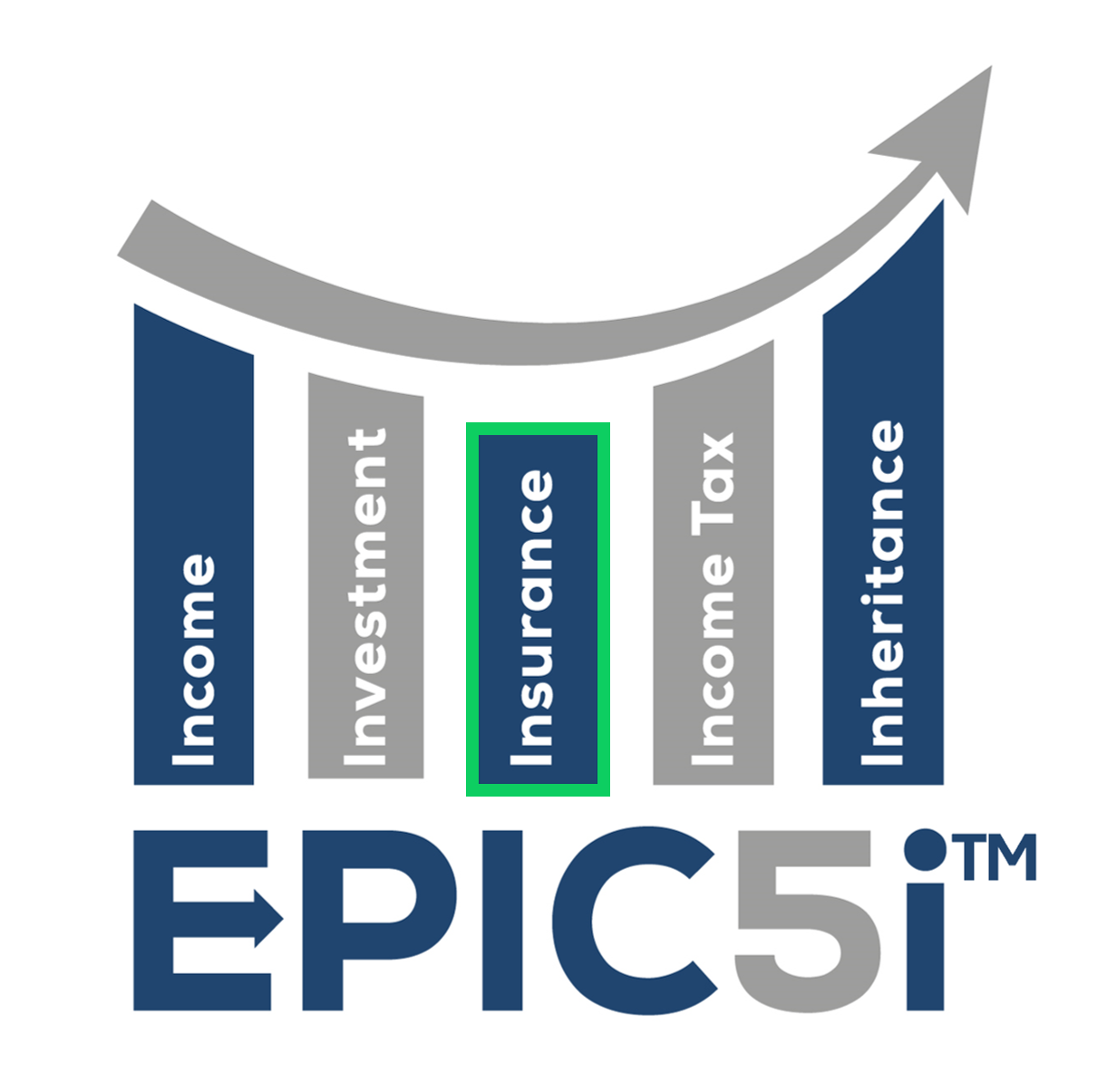Property & Casualty Insurance
Written By: Alex Hammersley, CPA

What is Property and Casualty Insurance?
Property and Casualty (P&C) Insurance is a broad term that covers a range of policies designed to protect you and your assets from loss. Property insurance protects physical items like your home, car, and other personal property. Casualty insurance, on the other hand, offers liability coverage, protecting you if you’re found legally responsible for an accident that causes injury or property damage to someone else.
Key Components of P&C Insurance
- Homeowners Insurance: This policy covers your home and personal belongings against risks like fire, theft, and natural disasters. It also provides liability coverage in case someone is injured on your property. (Standard homeowners insurance typically does not include floods or earthquakes. Separate policies are required for those natural disasters.)
- Auto Insurance: Auto insurance is mandatory in most states and covers damage to your vehicle, liability for injuries and property damage to others, and sometimes medical expenses for you and your passengers.
- Renters Insurance: If you’re renting your home, renters insurance protects your personal property and provides liability coverage, much like homeowners insurance, but it does not cover the building itself.
- Umbrella Insurance: This is an extra layer of liability coverage that goes beyond the limits of your home and auto policies. It’s designed to protect you from major claims and lawsuits.
Why P&C Insurance is Essential
Without adequate P&C insurance, you could face significant financial losses in the event of an accident, natural disaster, or lawsuit. Here are a few scenarios illustrating the importance of robust coverage:
- Natural Disasters: Imagine a severe storm damages your home. Without homeowners insurance, the repair costs would come directly out of your pocket.
- Auto Accidents: If you’re involved in a car accident and found at fault, auto insurance covers the cost of repairs and medical expenses for the other party.
- Liability Claims: If someone slips and falls on your property, liability coverage can help pay for their medical bills and protect you from potential lawsuits.
Tips for Choosing the Right P&C Insurance
- Assess Your Needs: Conduct a thorough assessment of your assets and potential liabilities. This includes your home, vehicles, personal property, and any other significant assets.
- Compare Policies: Don’t settle for the first policy you come across. Compare multiple policies from different insurers to find the best coverage at the most competitive rates.
- Understand Policy Limits: Ensure you understand the limits of your policy. Check both the per-incident and aggregate limits to ensure they’re sufficient for your needs.
- Consider Deductibles: A higher deductible can lower your premium, but make sure it’s an amount you can afford to pay out-of-pocket in the event of a claim.
- Bundle Policies: Many insurers offer discounts if you bundle multiple policies, such as home and auto insurance. This can lead to significant savings.
- Review Regularly: Your insurance needs can change over time. Review your policies annually and after major life events to ensure you’re adequately covered.
Final Thoughts
Property and casualty insurance is a vital component of your financial strategy. By understanding your coverage and making informed decisions, you can protect your assets and gain peace of mind. Don’t hesitate to reach out to us for guidance on all your insurance needs.
Stay safe and protected!
Resources for further information: https://www.investopedia.com/terms/c/casualtyinsurance.asp https://www.investopedia.com/terms/p/property-insurance.asp
Are there any disasters my property insurance won’t cover? | III

Dad Joke Of the Week:
Question: How does a salad say grace?
Answer: “Lettuce pray.”
Say What?
It’s an exception, not the rule. That’s what a top executive at McDonald’s had to say in response to a viral post about an $18 Big Mac meal in Connecticut. A customer shared a photo of the menu of a McDonald’s located in a truck stop in Connecticut, revealing a significant cost markup from the average price of a hamburger combo meal.
This week in history
1951 – The first commercial color television show was transmitted by CBS. But it was virtually unwatched since most people had only black and white TVs at the time. About 40,000 people saw the first color program.
1975 – The summer blockbuster movie Jaws is released about a great white shark attacking swimmers at Amity Island, a fictional summer resort town. It was the highest-grossing film in movie history until the release of Star Wars in 1977.
1989 – The movie Batman opened in theaters, starring Michael Keaton and Jack Nicholson. It grossed $100 million in its first ten days of release.
2003 – Registration begins for the Do Not Call List with nearly 3/4 million phone numbers registered on the first day providing consumers with an opportunity to limit telemarketing calls.
What did it cost? (Hamburger)
1974 – 28 cents
2004 – 79 cents
2024 – $2.09
Have any questions? That’s what we’re here for! Call us at 844-227-5766 today!
Get on our email list to receive these updates in your inbox!
Ready to Take The Next Step?
For more information about any of the products and services listed here, schedule a free assessment today or register to attend a seminar.
